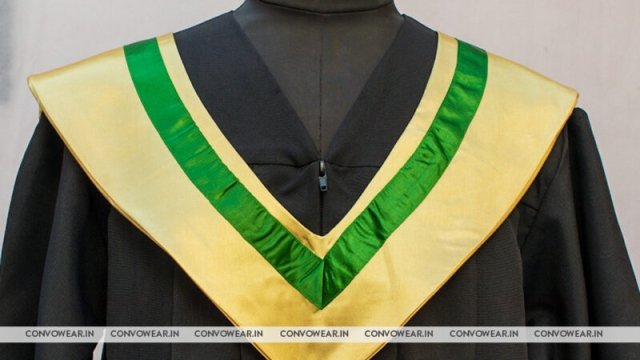
As the school year comes to a close, there is a special sense of excitement in the air for our tiny graduates. Kindergarten cap and gown ceremonies mark a significant milestone in these young students’ lives as they prepare to take the next steps in their educational journey. The sight of these little ones proudly wearing their miniature caps and gowns is both heartwarming and momentous, symbolizing their growth and accomplishments throughout the school year. The ceremony is a celebratory occasion for both the graduates and their families, filled with pride, joy, and anticipation for what lies ahead.
History of Kindergarten Graduation
Kindergarten graduation ceremonies have a rich tradition that dates back many years. These ceremonies are a heartwarming way to celebrate the educational milestones of young children as they prepare to transition to the next phase of their schooling journey.
The idea of holding formal graduation ceremonies for kindergarteners gained popularity in the early 20th century. Schools started recognizing the importance of marking the completion of kindergarten as a significant step in a child’s early education.
Over time, the kindergarten cap and gown tradition became a symbolic representation of the academic achievements and growth of these young students. The cap and gown serve as a visual reminder of the hard work and dedication put in by the children throughout their kindergarten year.
Significance of Cap and Gown
The cap and gown worn by kindergarteners during their graduation ceremony symbolize the culmination of their first academic milestone. It signifies the transition from early childhood into the world of formal education, marking the beginning of their educational journey.
Seeing these young students don the miniature cap and gown instills a sense of pride not only in the children but also in their parents and teachers. It represents the hard work and dedication put in by the students throughout the year, as well as the support and guidance provided by their families and educators.
The act of wearing the cap and gown fosters a sense of unity and equality among the students, emphasizing that they are all valued individuals embarking on a shared academic venture. It serves as a visual reminder of the collective achievement and sets a precedent for future academic milestones to come.
Planning the Ceremony
First, consider the location and timing of the kindergarten cap and gown ceremony. Choose a venue that can accommodate the children, their families, and any special guests. Make sure to schedule the event at a convenient time for all involved, taking into account work and school schedules.
Next, think about the program for the ceremony. Plan out the order of events, including speeches, music, and any special performances. Make sure to keep the program engaging and age-appropriate for the young graduates. Consider involving the children in some way, such as through songs or short recitations.
Canadian Cap and Gown
Lastly, don’t forget about the logistics of the ceremony. Arrange for seating, decorations, and any necessary equipment such as microphones or sound systems. Have a plan in place for inclement weather if the ceremony is outdoors. Ensure that there are clear instructions for attendees regarding parking, entrance points, and any other relevant details to make the event run smoothly.


